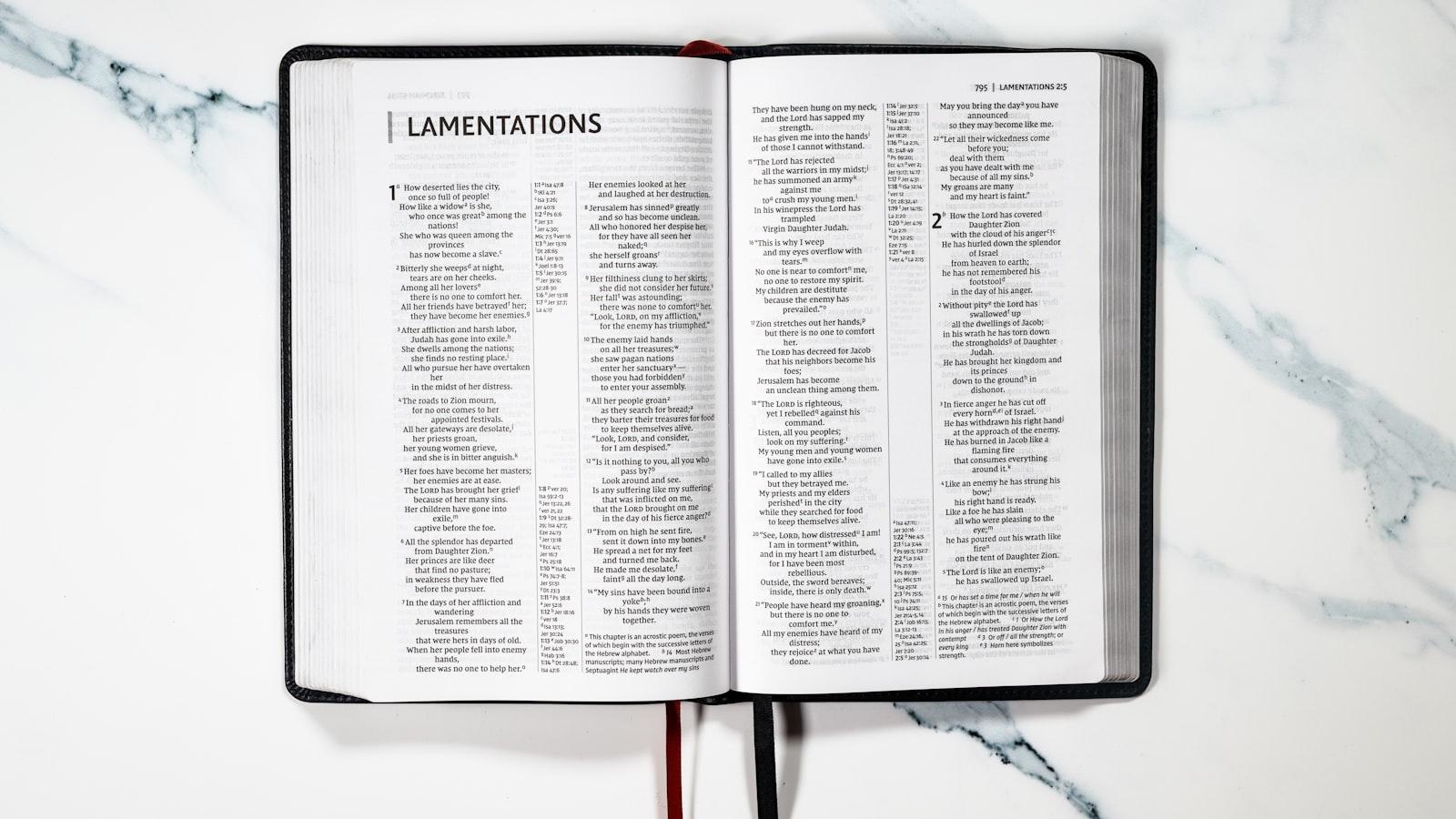Running is more than just a physical activity - it’s a way of life. And just like any athlete needs the perfect equipment to excel in their sport, runners need the right shoes to support them on their journey. With so many options on the market, finding the ideal pair of running shoes can feel overwhelming. But fear not, because in this guide, we will break down the key factors to consider in order to find the perfect fit for your unique running style. From cushioning to stability, we will help you navigate the world of running shoes so you can hit the pavement with confidence and comfort.
How to Determine Your Foot Type and Pronation for the Best Running Shoes
Determining your foot type and pronation is essential when it comes to finding the perfect running shoes for you. Understanding these factors can help prevent injuries and improve your overall running experience. To determine your foot type, you can perform a simple wet test at home: wet your feet and step on a piece of paper to see the outline of your foot. If you have a high arch, flat feet, or a neutral arch, this will help you narrow down your options when selecting running shoes. Additionally, determining your pronation (how your foot rolls inward when you walk or run) is crucial for finding the right level of support in your shoes. This can be done by observing the wear patterns on your old shoes or consulting with a professional at a specialty running store for a gait analysis. By knowing your foot type and pronation, you can confidently choose the ideal running shoes to keep you comfortable and injury-free on your runs.
Tips for Finding the Right Cushioning, Support, and Fit for Optimal Comfort and Performance
Your running shoes are a key component to your comfort and performance. When it comes to finding the perfect fit, there are a few key factors to consider. Cushioning is important for absorbing impact and providing support for your feet. Look for shoes with ample cushioning in the midsole to protect your feet during runs. Support is another critical factor. Make sure the shoes offer enough stability and support for your feet, especially if you overpronate or have high arches. Lastly, fit is crucial for optimal comfort. Ensure that the shoes are snug but not too tight, with enough room in the toe box to prevent blisters or discomfort. Remember, finding the right balance of cushioning, support, and fit will lead to a more enjoyable and successful run. In conclusion, finding the perfect running shoes is not a one-size-fits-all process. It requires careful consideration of factors such as foot type, running style, and personal preferences. By following the tips and recommendations in this guide, you can make the best choice for your individual needs. Remember, the right pair of running shoes can make all the difference in your performance and overall enjoyment of the sport. So lace up, hit the pavement, and run towards greatness in the perfect fit for you. Happy running!











Leave a Reply